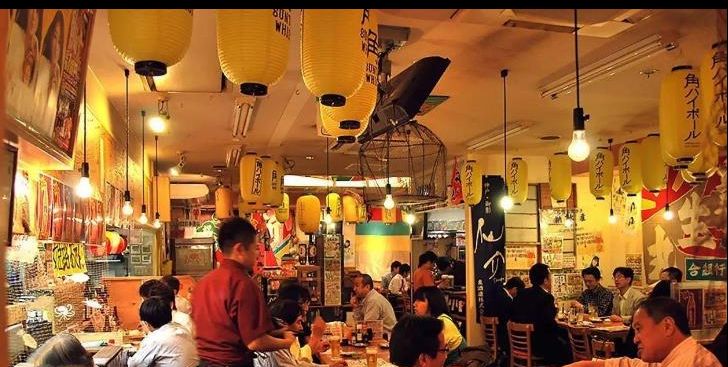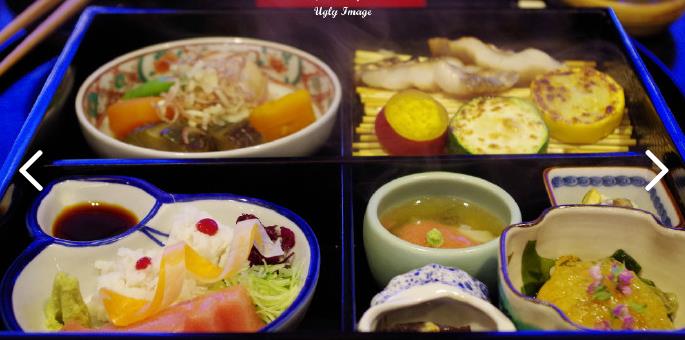
Japanese cuisine features exquisite ingredients, a variety of styles, and is visually pleasing, which can be described as "food that is tasted with the eyes." It emphasizes the naturalness of "color," the freshness of "taste," the delicacy of "shape," and the quality of "utensils." The secret of "color" lies in the Japanese people's keen sense of the seasons, eating what is in season and following the natural way. Japanese cuisine focuses on "shape as the main cooking principle," emphasizing artistry and elegance, treating food with meticulous care, and striving for perfection and rigor. "A grip that captures the soul, craftsmanship builds dreams," each dish of Japanese cuisine embodies the craftsman's attitude and spirit towards life.
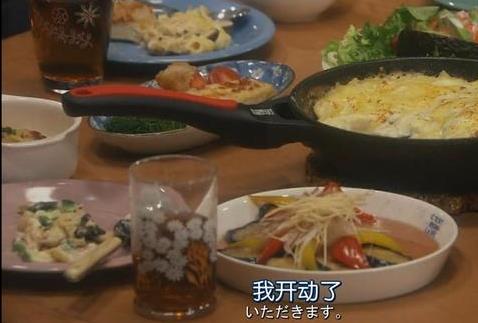
Dining has certain etiquette and considerations. First, each dish has its own position. Miso soup is on the right, rice is on the left, and chopsticks are placed horizontally. When starting a meal, one should say "いただきます" (Itadakimasu - I will begin). When soup is served, the first sip should be of the soup, followed by other side dishes. When eating vegetables, try not to finish one dish before moving to another; it is best to take a little from each plate. When eating rice, do not lean your face close to the bowl; instead, hold the bowl up. After picking up the bowl, do not place your lips on the edge; use chopsticks to pick up the rice and place it in your mouth. Most importantly, try not to leave any food uneaten. While Chinese people emphasize "no talking while eating, no talking while sleeping," Japanese people do not mind making sounds while eating. Some Japanese even believe that slurping indicates delicious food, and if there is no sound at all, it is disrespectful to the chef. A typical example is when eating ramen at a homestay; the noise can be quite thunderous.
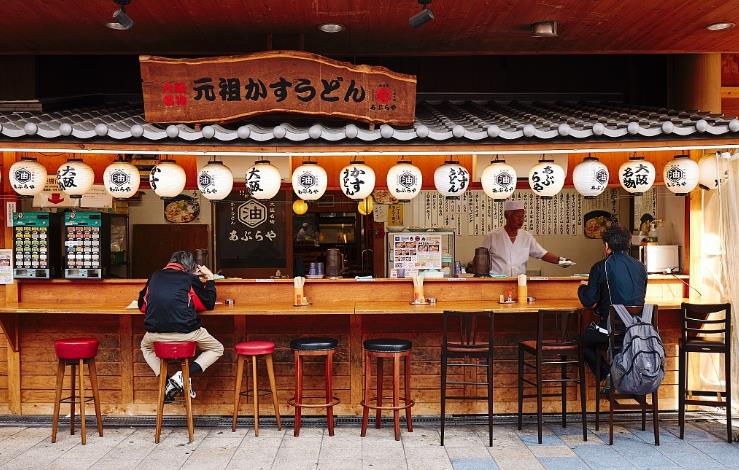
Japan is surrounded by the sea, with a unique geographical environment and a mild climate, making seafood abundant. People plant in spring, cultivate in summer, harvest in autumn, and store in winter. The changing seasons contain the unique dietary rules and wisdom of the Japanese people, refined over time and passed down to this day. Japanese cuisine emphasizes "five colors, five flavors, and five methods." The so-called "five colors" are "black, white, red, yellow, and green"; "five flavors" refer to "sour, sweet, bitter, spicy, and salty"; "five methods" refer to "raw, boiled, grilled, fried, and steamed." The reason Japanese cuisine shines and is favored is not only due to the emphasis on "five colors, five flavors, and five methods," but also due to the Japanese people's delicate and keen insight and sensitivity to seasonal changes. The Japanese express their understanding of nature through food, creating more diverse beauty in the pursuit of harmony with nature. They benefit from nature while also respecting, revering, and upholding it, and their dietary life fully follows the laws of nature. Japanese cuisine places great importance on the sense of seasons in spring, summer, autumn, and winter, which is first reflected in the emphasis on the "shun" of food, meaning the best season for consuming ingredients.
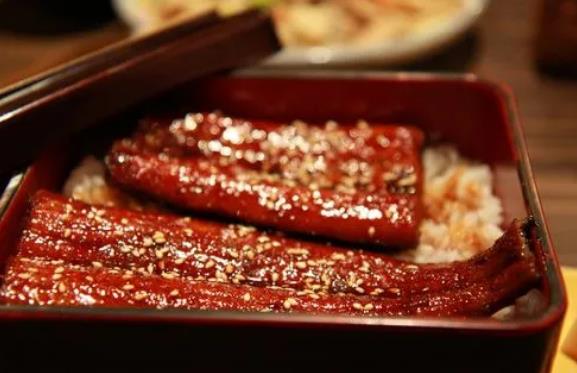
In spring, they eat sea bream; in early summer, they eat mackerel; in midsummer, they eat eel; in early autumn, they eat mackerel pike; in autumn, they eat knife fish; in late autumn, they eat salmon; and in winter, they eat crucian carp and dolphin. With Japan being surrounded by the sea, seafood is naturally the most important ingredient. The decoration of side dishes also highlights seasonal characteristics, such as using persimmon leaves, small chrysanthemums, and reed flowers in autumn to enhance the seasonal atmosphere. The vessels used for serving dishes are diverse and exquisite. It is emphasized that each dish has its own vessel, selected according to the season and different dishes, with even the patterns on the serving vessels varying by season.

Take kaiseki cuisine as an example; it has always emphasized eating what is in season and local, with exquisite elegance. Whether it is the color and shape of the dishes, the material and decoration of the utensils, or even the dining environment, everything is focused on complementing the seasonal ingredients. Usually, the entrance is filled with stunning scenery, ancient and simple stones, robust five-needle pines, and delicate flower arrangements... every plant and tree is a landscape, with the cyclical seasons perfectly integrating the vitality of nature.
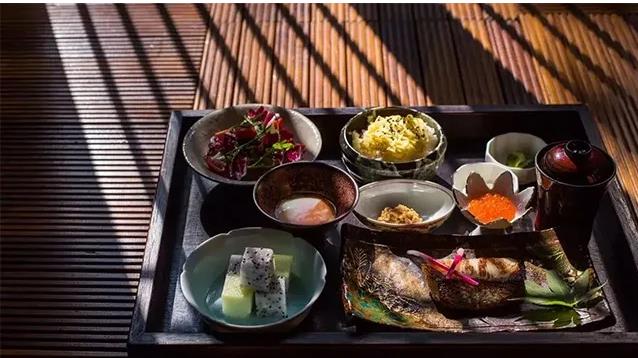
Kaiseki cuisine includes more than ten courses, from appetizers, Japanese clear soup, sashimi, to grilled, boiled, fried, steamed, and pickled dishes, culminating in the main course, desserts, and fruits. It is an excellent ritual for diners to fully experience the seasonal elements on the dining table, igniting a desire for exploration and evoking emotions. The sense of season in Japanese cuisine is particularly prominent in aspects like Japanese sweets.
Therefore, Japanese food culture is closely linked to the seasonal calendar throughout the year. During the New Year, they eat seven-herb porridge; during the spring equinox, they eat bean scattering; during the peach blossom festival, they eat assorted sushi. In cherry blossom season, they enjoy hanami dango; during the Dragon Boat Festival, they have kashiwa-mochi and zongzi; in midsummer, they eat eel; and on New Year's Eve, they eat soba noodles. In Japan, food is closely tied to the seasonal calendar, creating unique memories.
Traditional Japanese sweets are called "wagashi," which are not only exquisite and delicious but also have names that resonate with the seasons, full of poetic charm and interest. For example, in spring, there are "wakazakura" (cherry blossom cake) and "haru no kasumi" (spring mist); in summer, "natsu no yama" (summer mountain) and "hatsu natsu no mi" (early summer fruit); in autumn, "yamamichi no kiku" (chrysanthemum on the mountain path) and "aki no yoru" (autumn night); and in winter, "yuki no ume" (plum in the snow) and "kanbai" (cold red plum). In the spring, when cherry blossoms are in full bloom, the Japanese draw inspiration from it, and "wakazakura" perfectly presents this. The soft pink color and the delicate flower petal shape not only resemble cherry blossoms but also use cherry blossom petals or salted cherry blossom leaves as ingredients.
The three main characteristics of Japanese cuisine are its variety; "raw" and "fresh"; and the pursuit of aesthetic presentation. Japanese cuisine places great emphasis on preserving the original flavor of food, advocating for minimal use of seasonings, focusing on lightness. Craftsmen adhere to this philosophy when preparing dishes: to retain the most natural taste of the food as much as possible, with minimal processing. There are particularly high standards for the color and appearance of dishes, using various exquisite vessels to serve food, and there is meticulous consideration for the shape, arrangement, and color matching of the food.
Japanese food culture excels at utilizing the "deliciousness" of sauces while avoiding excessive intake of animal fats. Japan has a very low percentage of people troubled by obesity among developed countries, making it one of the longest-lived countries in the world, which is relatively related to its food culture.
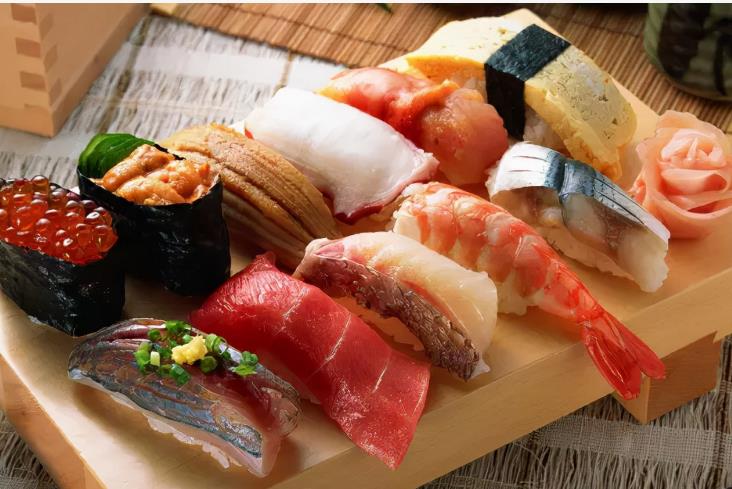
Japanese cuisine emphasizes the freshness of ingredients. Japanese people believe that fresh ingredients are the most nutritious and contain the most vigorous life force, being at their best for consumption. Thus, the culture of eating raw food has emerged, with "namachoko" becoming one of the characteristics of Japanese cuisine. One of the most famous and representative dishes of Japanese cuisine is "sashimi," which is raw fish sliced by skilled craftsmen into pieces without bones, each piece being of moderate size and thickness, served without any cooking, and simply accompanied by soy sauce and green wasabi. The condiments do not mask the original taste of the food but rather enhance its inherent flavors. Japanese cuisine pursues artistry and elegance, with stunning vessels, uniquely shaped food, careful plating and arrangement, and perfectly placed embellishments, all reflecting the Japanese craftsman's meticulous and even perfectionist spirit towards food. Tasting Japanese cuisine can be described as a feast of flavors and sensory art, experiencing the fusion of nature and culture.
